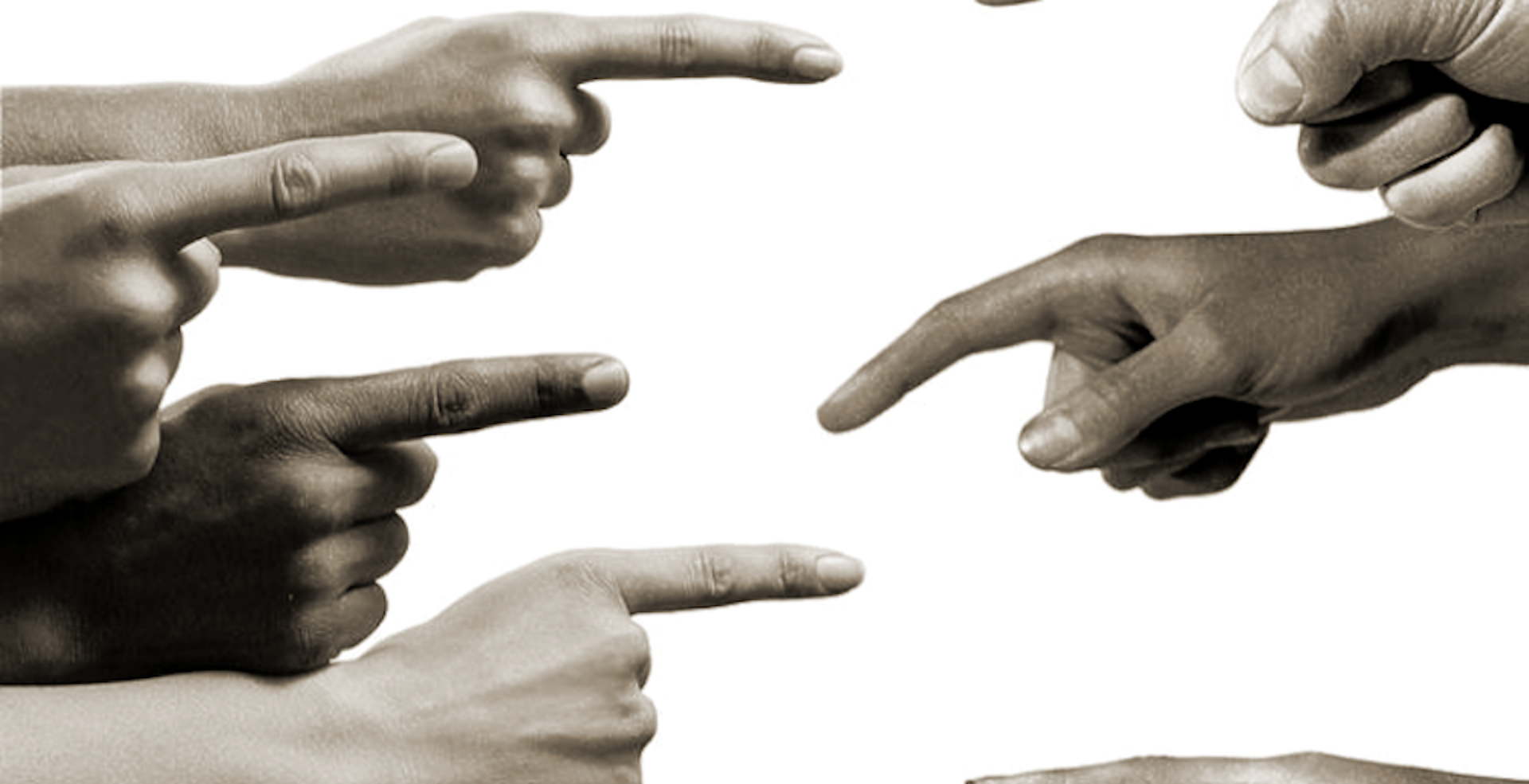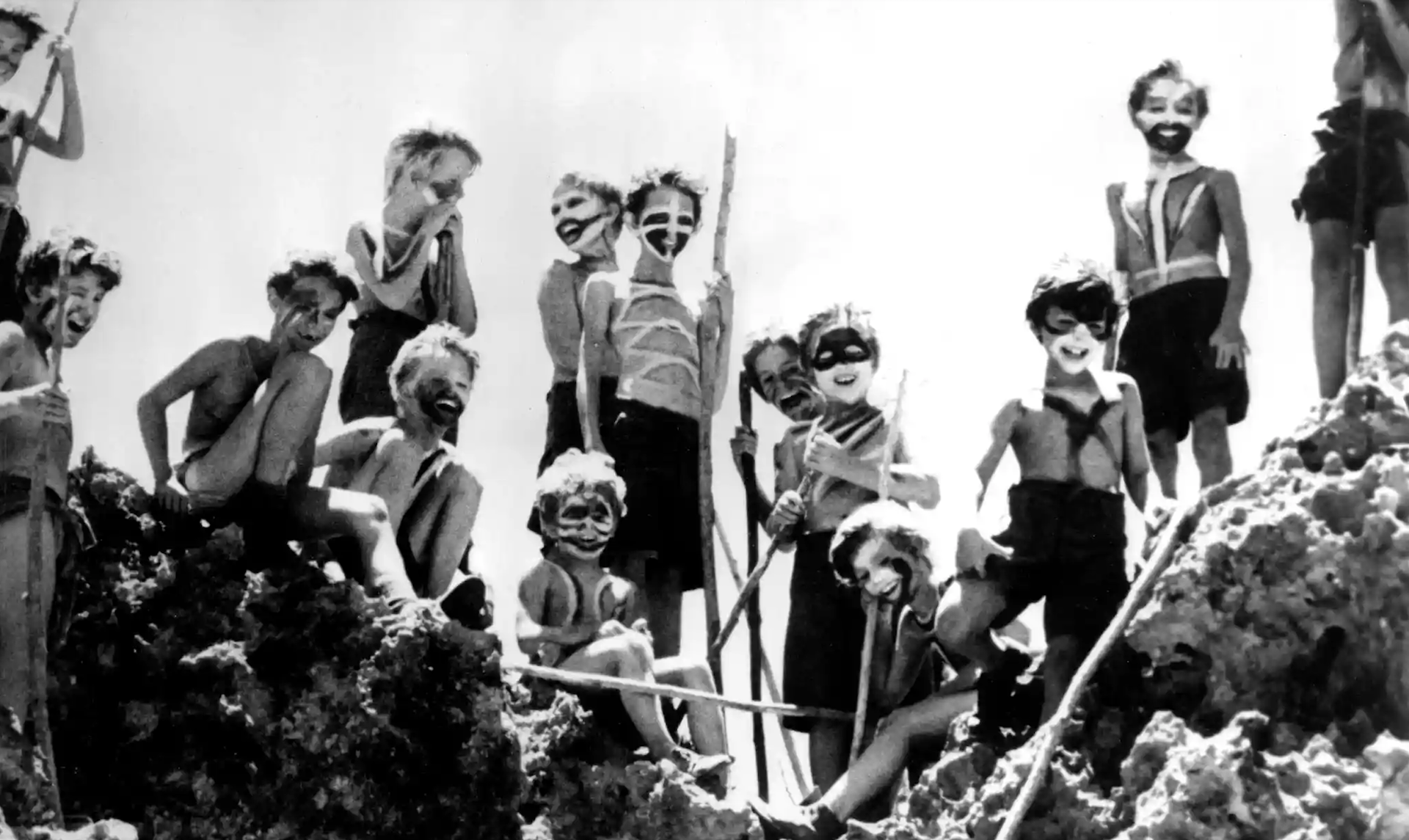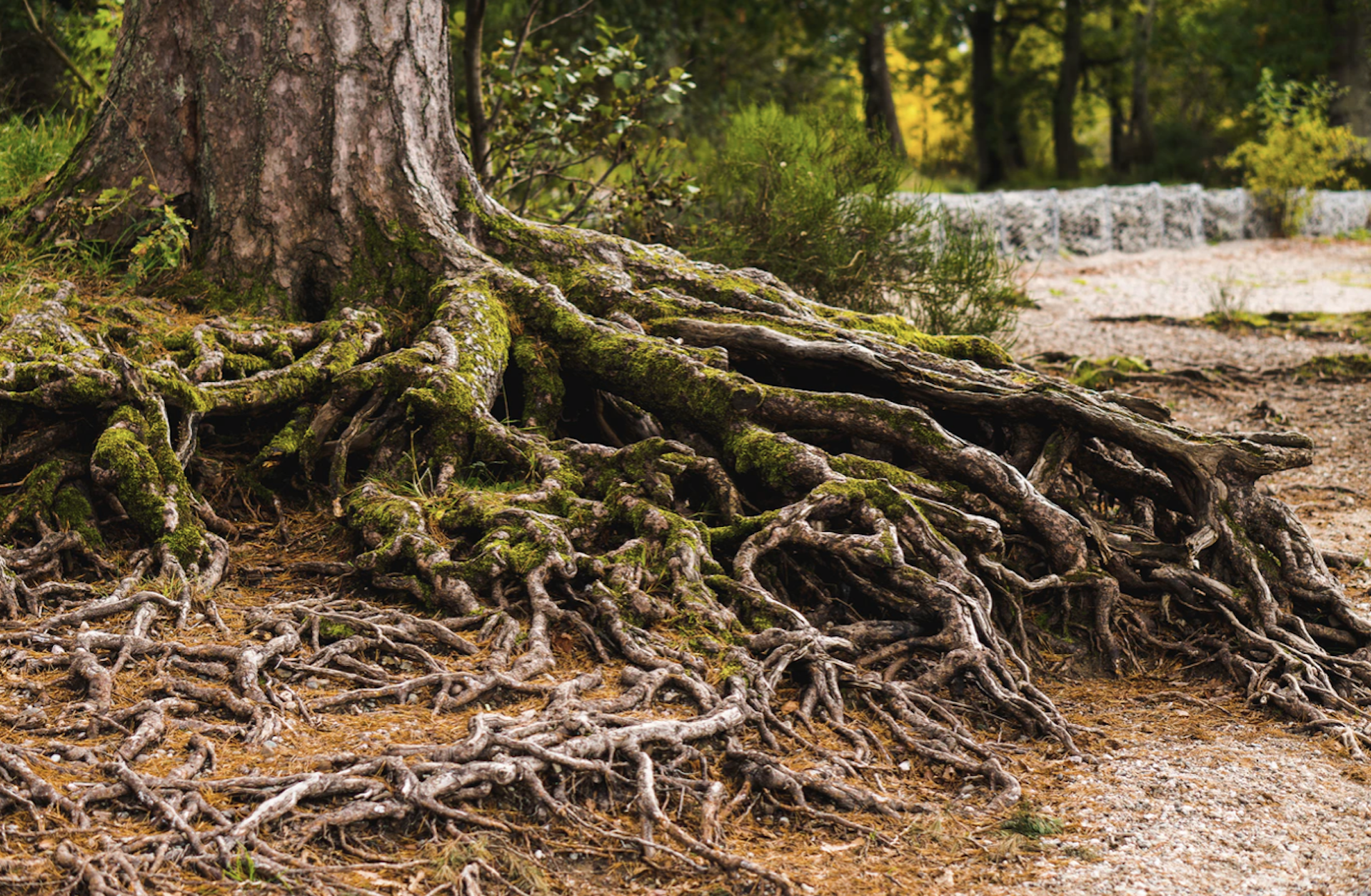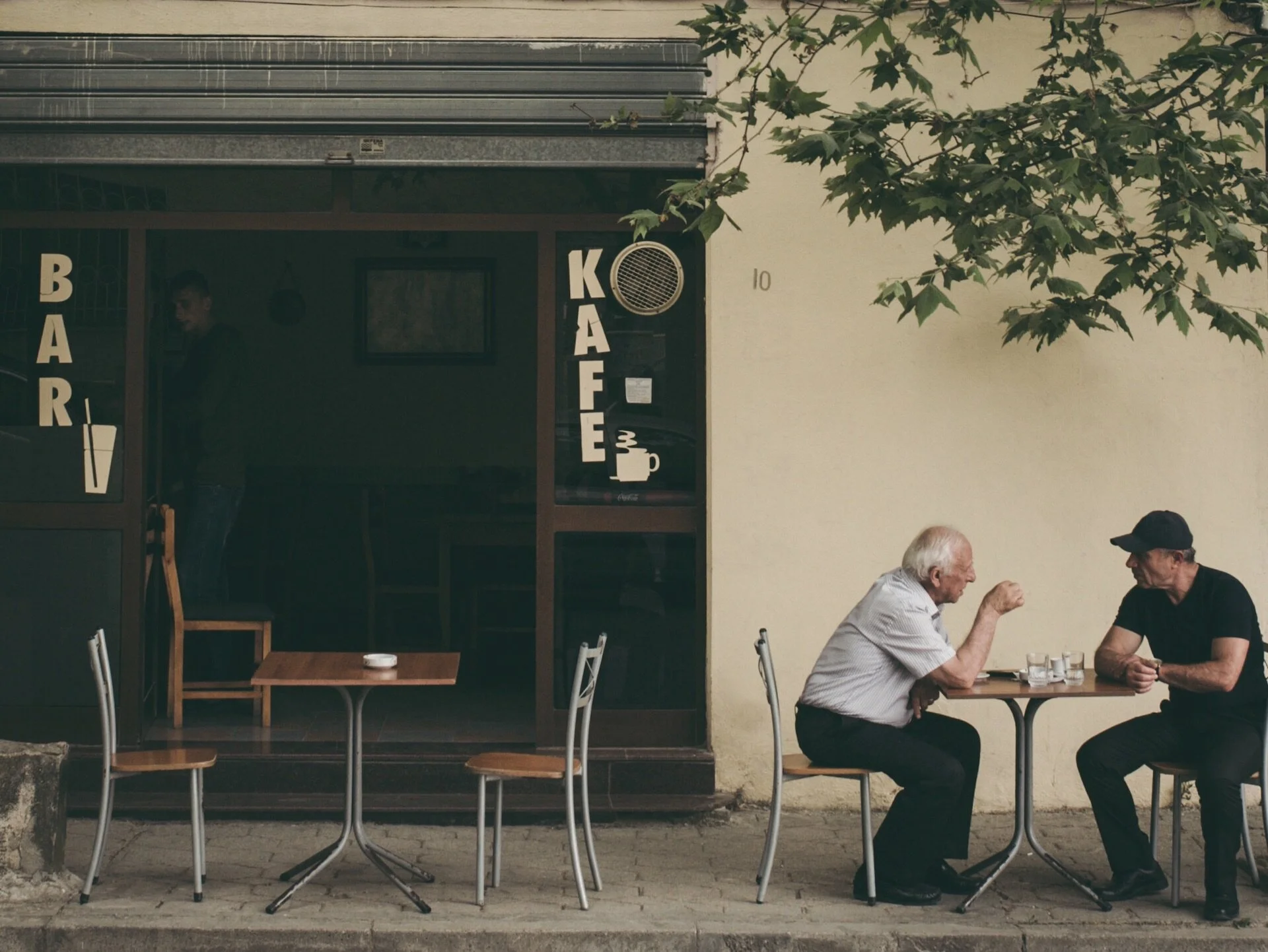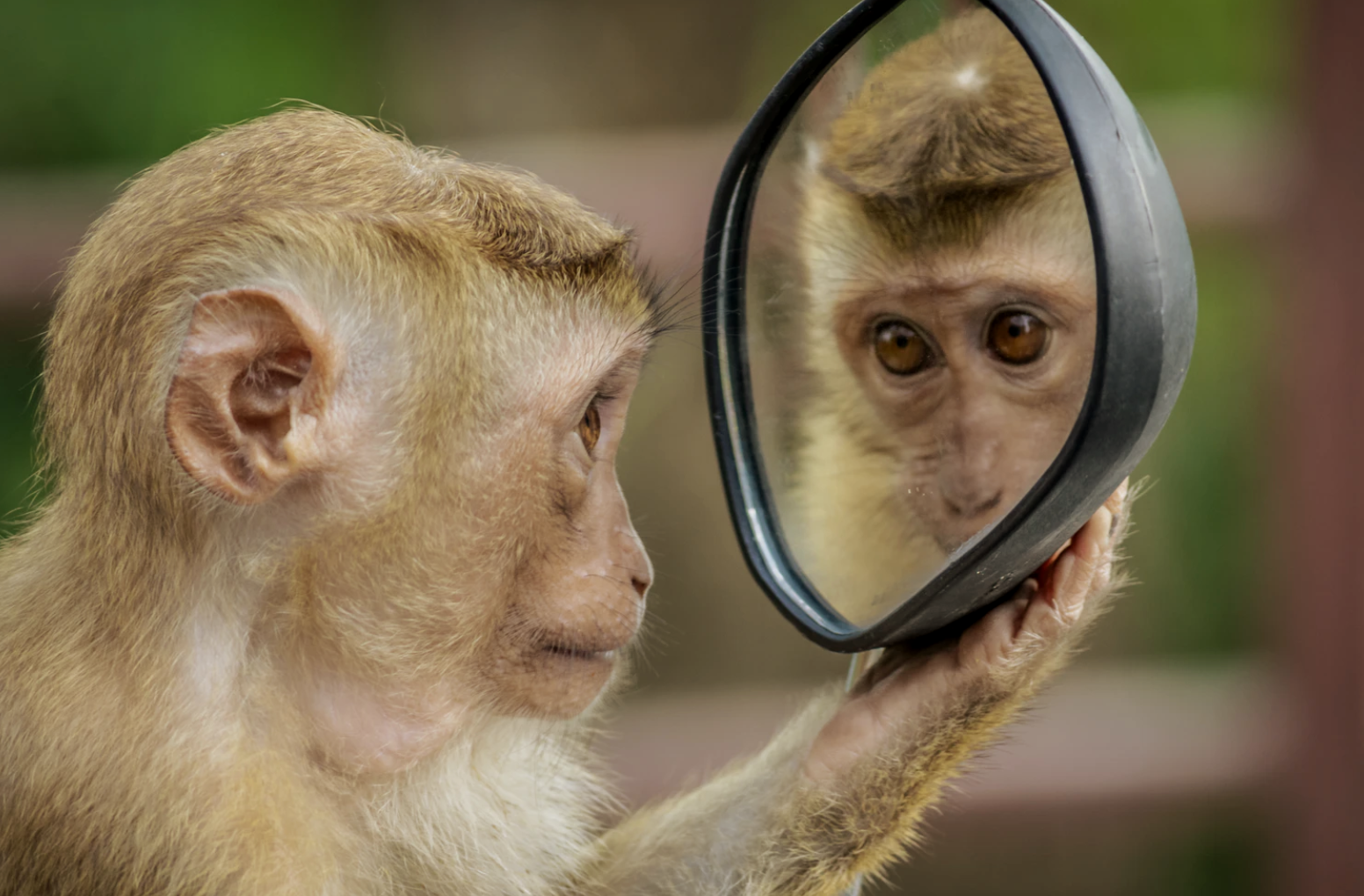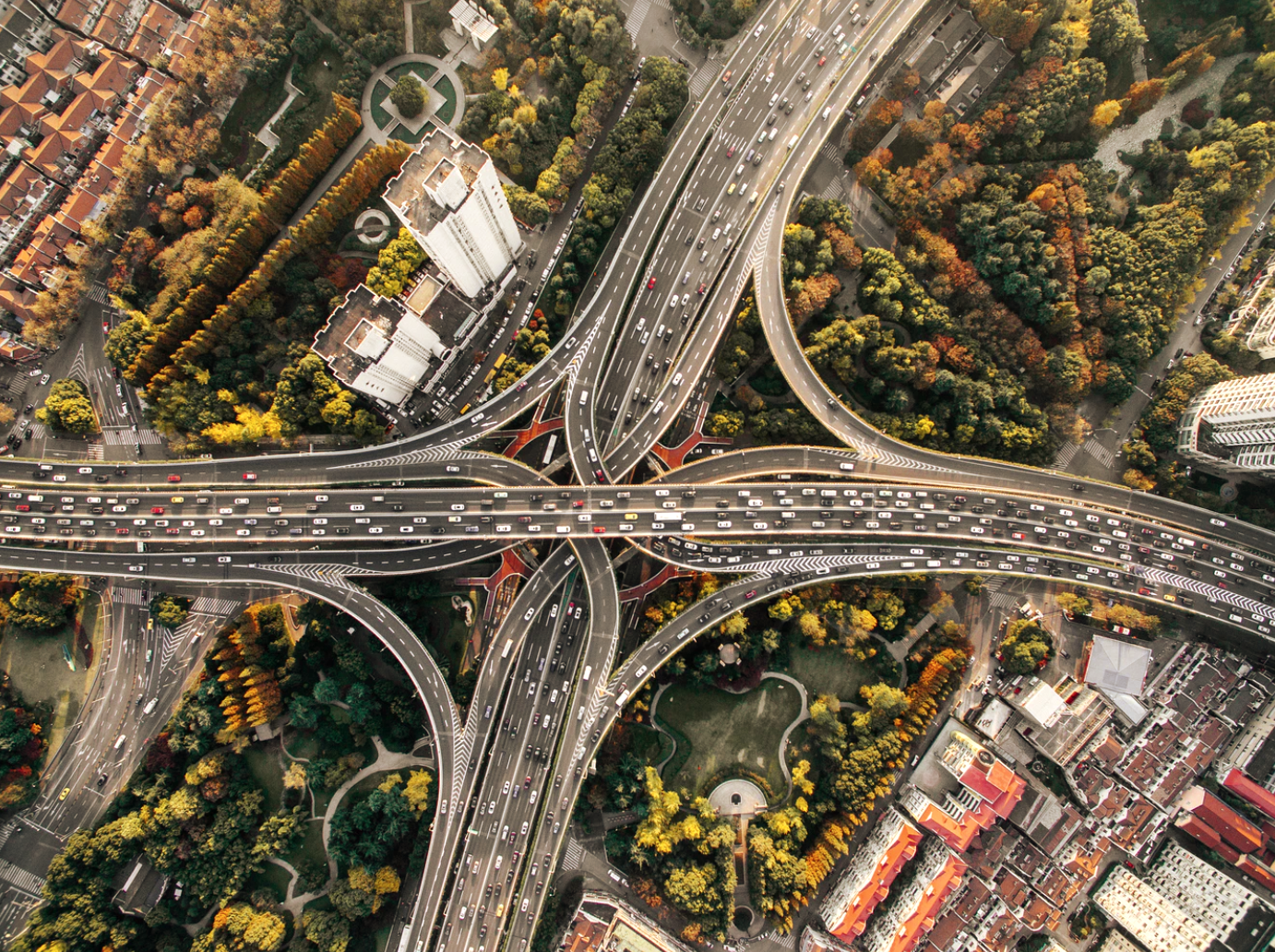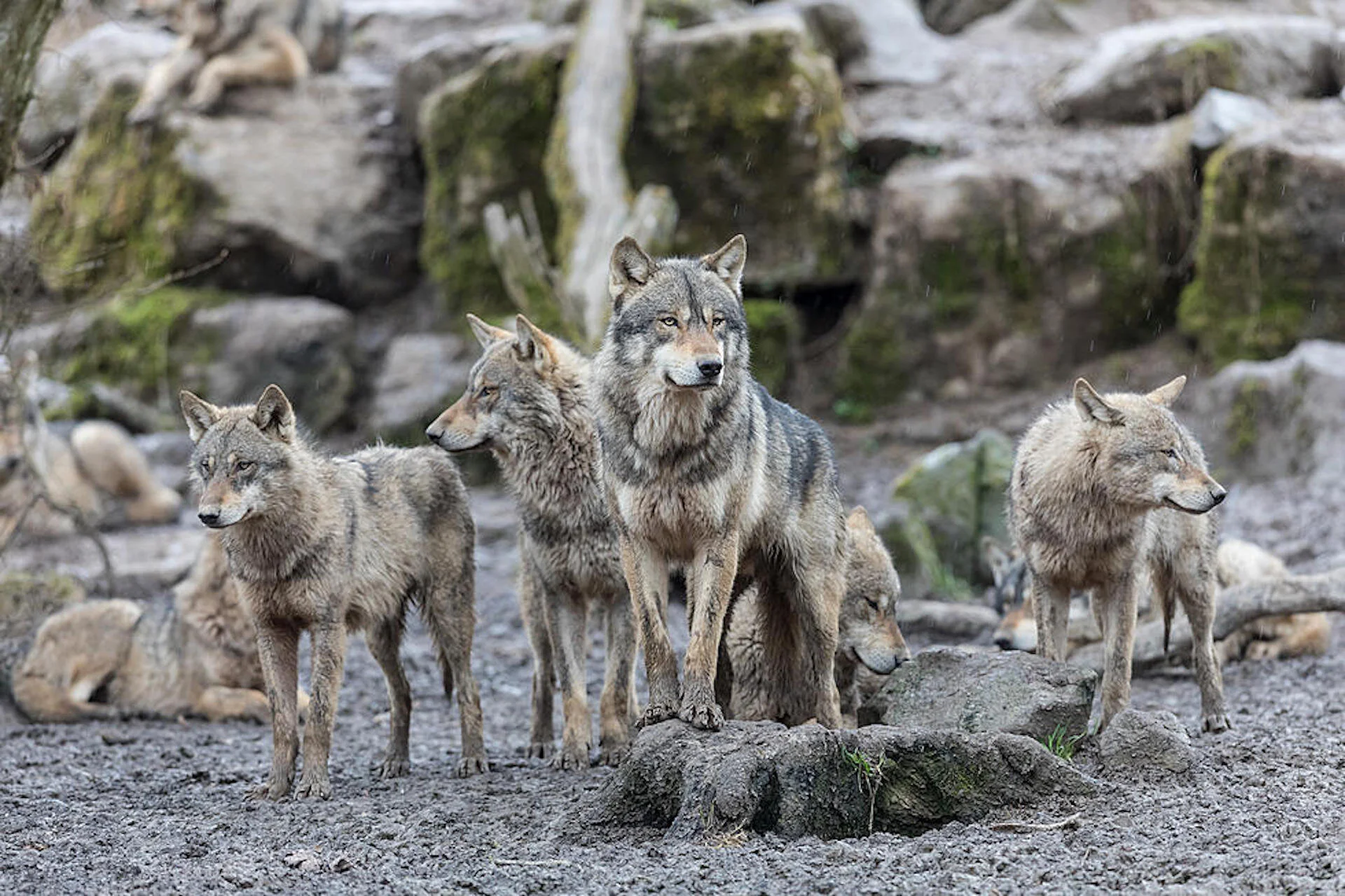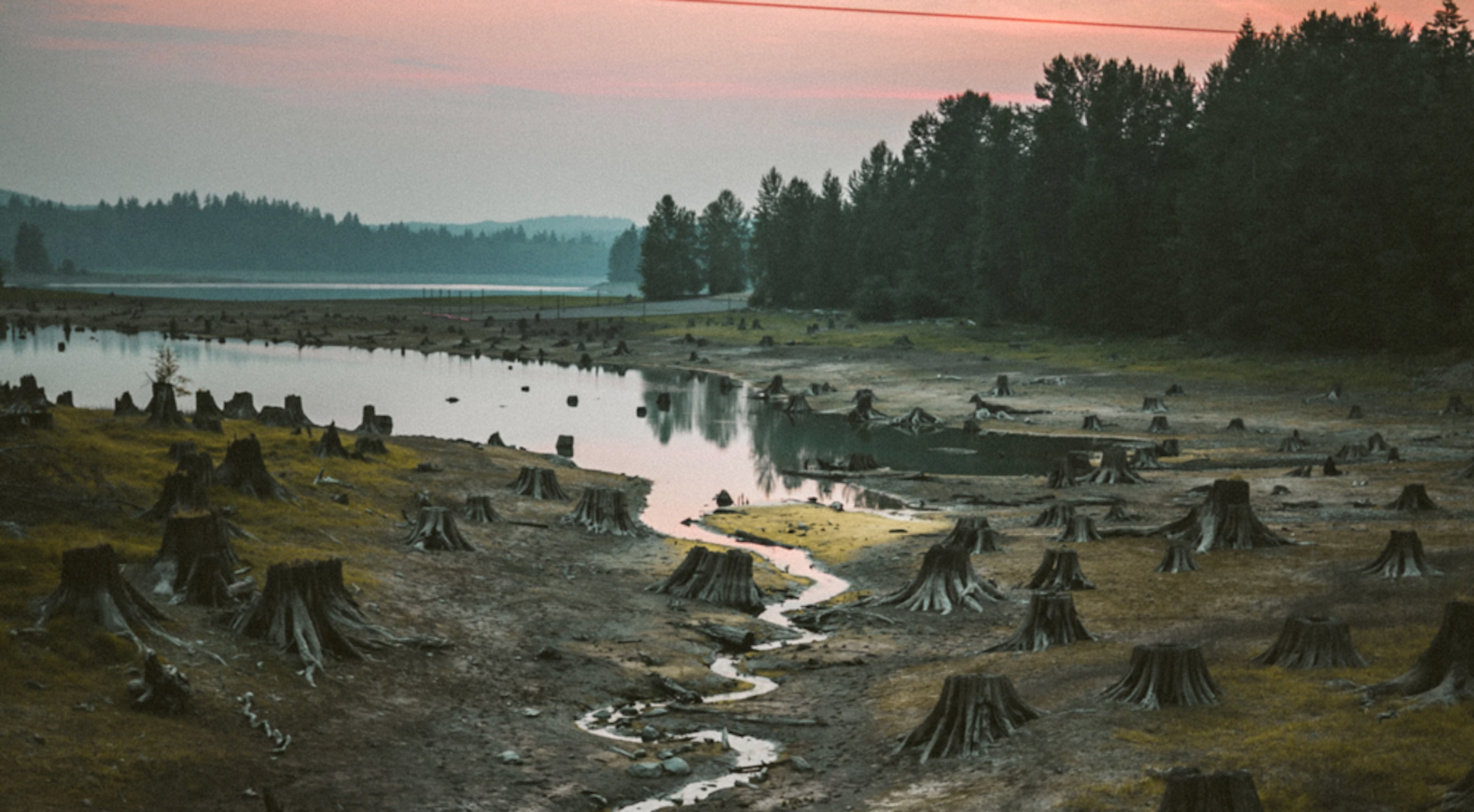Some years ago, in our session on Deep Survival by Laurence Gonzales, we discussed the body's natural physiological response when life is on the line: the amygdala detects danger; the adrenal glands kick in; catecholamines constrict blood vessels and affect the firing of nerve cells; the adrenal cortex releases cortisol, invading the hippocampus, amping up fear and affecting the memory system; heart rate rises; breathing speeds up; sugar is dumped into the metabolic system; the oxygen and nutrients distribution shifts for immediate strength -- you're on afterburner and all this occurs before you can even “think.”
So many accidents, so little time: rafting; flying; climbing; adrift at sea; even a walk in the woods. The very term adventure, almost by definition, suggests danger, voluntarily faced. The activities cited in the book range in risk from the barely foreseeable to the patently suicidal. The threshold question, then, is what might even trigger the initial decision to undertake the risk in the first place e.g. the snowmobiler taking a run at the slope that any rational analysis would deem to be an invitation to an avalanche. Perhaps the answer lies in the Evel Knievel philosophy that life takes on meaning only in its relation to death.
Read More


